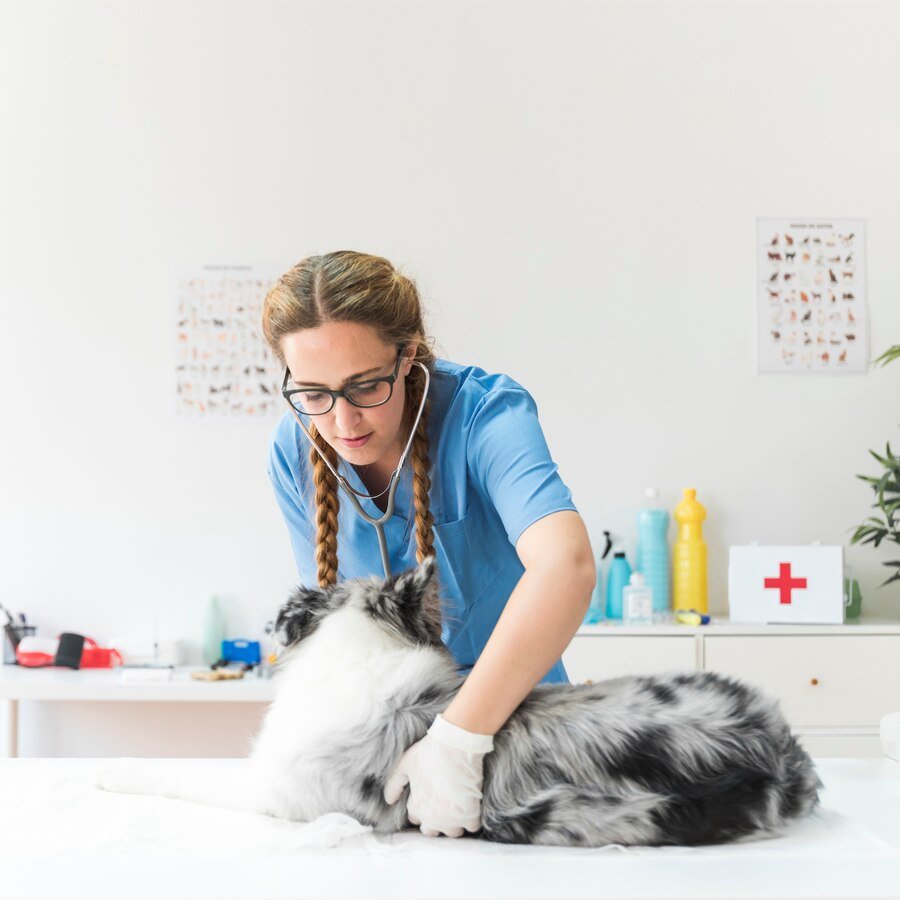Introduction
Our pets are cherished members of our families, offering unconditional love, companionship, and countless precious moments. Just like our human family members, they can face unexpected health challenges that require medical attention. To ensure the well-being of our furry friends and protect our finances, animal insurance has become an essential consideration for pet owners. In this article, we’ll explore the world of animal insurance, its importance, and how you can make an informed decision to safeguard your beloved pets.
The Rising Cost of Pet Healthcare
Over the years, veterinary medicine has advanced significantly, providing our pets with access to high-quality healthcare. However, these advancements come at a price. The cost of pet healthcare has been steadily rising, and emergency procedures, diagnostic tests, surgeries, and medications can add up to substantial bills. This can place a significant financial burden on pet owners, making it increasingly important to have a reliable financial safety net in place.
Understanding Animal Insurance
Animal insurance, often referred to as pet insurance, is a financial product designed to help pet owners manage the costs associated with their pets’ healthcare. Just like health insurance for humans, animal insurance policies cover various medical expenses, including:
- Veterinary visits: Routine check-ups, vaccinations, and preventive care.
- Accidents: Emergency treatments, surgeries, and hospitalizations.
- Illnesses: Diagnostic tests, medications, and treatments for chronic or acute conditions.
- Dental care: Cleanings, extractions, and treatment for dental issues.
- Hereditary and congenital conditions: Coverage for breed-specific or genetic health problems.
- Alternative therapies: Acupuncture, chiropractic care, and physical therapy.
- Prescription medications: Coverage for necessary medications.
- Specialized care: Referrals to specialists and consultations.
- End-of-life care: Euthanasia and cremation, depending on the policy.
Benefits of Animal Insurance
- Financial Peace of Mind: Animal insurance provides a sense of security by covering unexpected medical expenses. It helps you avoid making difficult decisions about your pet’s health based solely on financial considerations.
- Wide Range of Coverage: Most policies offer a range of coverage options, allowing you to tailor your plan to your pet’s needs and your budget. You can choose the level of coverage that suits you best.
- Budget-Friendly: Monthly premiums are typically affordable, making pet insurance accessible to a wide range of pet owners. With different deductible and reimbursement options, you can find a plan that fits your financial situation.
- Protection Against Inflation: As veterinary costs continue to rise, having pet insurance can protect you from the impact of inflation on healthcare expenses for your pet.
- Quick Reimbursements: Many pet insurance providers offer fast and easy reimbursement processes, allowing you to receive payments promptly after filing a claim.
- Access to Quality Care: Pet insurance enables you to make healthcare decisions for your pet based on what’s best for their health, rather than what you can afford at the moment.
How to Choose the Right Animal Insurance
Selecting the right animal insurance policy requires careful consideration and research. Here are some key factors to keep in mind:
- Coverage Options: Evaluate the coverage options available and choose a plan that matches your pet’s needs. Consider whether you want basic coverage for accidents and illnesses or a more comprehensive plan that includes routine care and wellness visits.
- Deductible and Premium: The deductible is the amount you must pay out of pocket before your insurance coverage kicks in. A higher deductible often means lower monthly premiums but more significant out-of-pocket expenses when you make a claim. Consider your budget and what you can comfortably afford in terms of both premiums and deductibles.
- Reimbursement Percentage: Insurance policies typically reimburse a percentage of your pet’s medical expenses. Common reimbursement rates range from 70% to 90%. Higher reimbursement percentages come with higher monthly premiums.
- Exclusions and Waiting Periods: Carefully review the policy’s exclusions and waiting periods. Some policies have waiting periods before certain conditions are covered, and others may exclude pre-existing conditions or breed-specific issues.
- Network of Providers: Check if the insurance company has a network of preferred veterinarians or if you have the flexibility to choose your own.
- Age and Breed of Your Pet: Some insurance providers may have age restrictions or breed-specific conditions that impact coverage eligibility.
- Customer Reviews and Reputation: Research the insurer’s reputation by reading customer reviews and testimonials to ensure they have a history of reliable service and prompt claims processing.
- Customer Service and Claims Process: Assess the quality of customer service and the ease of the claims process. You’ll want a company that is responsive and efficient when you need to file a claim.
- Flexibility and Customization: Look for an insurance provider that allows you to customize your policy to meet your pet’s unique needs.
Conclusion
Animal insurance is a valuable tool for safeguarding your pets’ health and your financial well-being. It allows you to provide the best possible care for your furry family members without worrying about the cost of medical treatments. When selecting a policy, take the time to compare different providers, review coverage options, and consider your budget. By making an informed decision and choosing the right animal insurance, you can enjoy peace of mind knowing that your beloved pets are protected from unexpected health costs. Remember, the best time to get pet insurance is before you need it, so don’t wait until an emergency strikes; start protecting your furry family members today.











